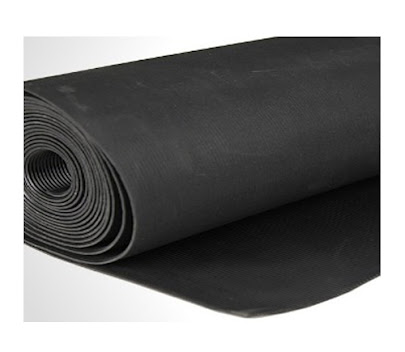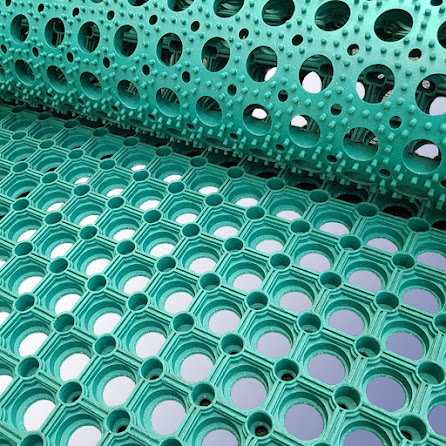Is It Safe to Use an Earthing Mat During an Electrical Storm?
Insulating matting also known as dielectric or electrical safety matting is used to protect people and parts of electrical equipment used in switch rooms, in front of switchboards, transformers and other high voltage workplaces. Electrical has a worldwide reputation for high quality matting. Our matting is used globally by customers who are live working and by electrical engineers in areas such as Power Utility, Petrochemical, Marine, Data Centers, Banking and Engineering. Electrical has supplied a wide range of high-quality Electrical Safe Matting often referred to as switchboard matting. Rubber is known for its exceptional electrical insulating properties. With the ability to reduce or stop electric currents, electrical rubber matting or switchboard matting is a common surface for high voltage environments.
To start with, we must establish a basic understanding of rubber. Rubber is a natural dielectric material that inhibits the flow of electric charge as a result of its molecular structure, preventing the free flow of electrons. There are many elements of rubber that make it the ideal material to use for electrical safety matting. Firstly, rubber is suitable to act as an insulator (as it is in many applications throughout the industry) due to its dielectric and electrically resistant properties. The flexible and cushioning nature of rubber also make it the perfect material to use for electrical rubber matting.
Electrical safety matting requires strict quality control procedures as any additives (dyes, fillers, preservatives and curatives) that may have been added to the rubber can affect the electrical resistance of the rubber and therefore how it performs under various circumstances. It is for this reason that our electrical rubber matting is vigorously tested.
How do we produce our Electrical Rubber Matting?
At Martin’s Rubber, we follow a process that never fails to deliver the perfect rubber mat for electrical safety. This process consists of four phases, including:
Mixing: The process of manufacturing Electrical Rubber Matting begins with mixing. The ingredients are accurately weighted according to the formula. Following this we pre-heat the mix between 95°C and 104°C and then, we thoroughly mix and use a roller to remove any trapped air to produce an unvulcanised sheet around 2mm-3mm thicker than the finished requirement.
Calendaring: The compound of the mixture is then flattened. Due to the pre-heating treatment earlier on, we can ensure a steady operation of the calendar and minimal shrinkage. The roller surface temperature is controlled to +/- 1°C.
Retouring: The second part of the calendaring process is performed on retours, where a ribbed pattern is applied to the top surface and identifying tape is applied to the underside.
Drying & Testing: We then air-dry the rolls before passing them through a 2-electrode testing station. This ensures that every running meter complies to the correct electrical specification according to the thickness; 11kv at 6mm and 15kv at 9.5mm.
Finishing: After having followed the process described above, the material is then wound into rolls and is made available to you in either a full roll or cut down to a specific size. Electrical Safety Mats are vital pieces of protective equipment that provide you with protection from high voltages.




Comments
Post a Comment